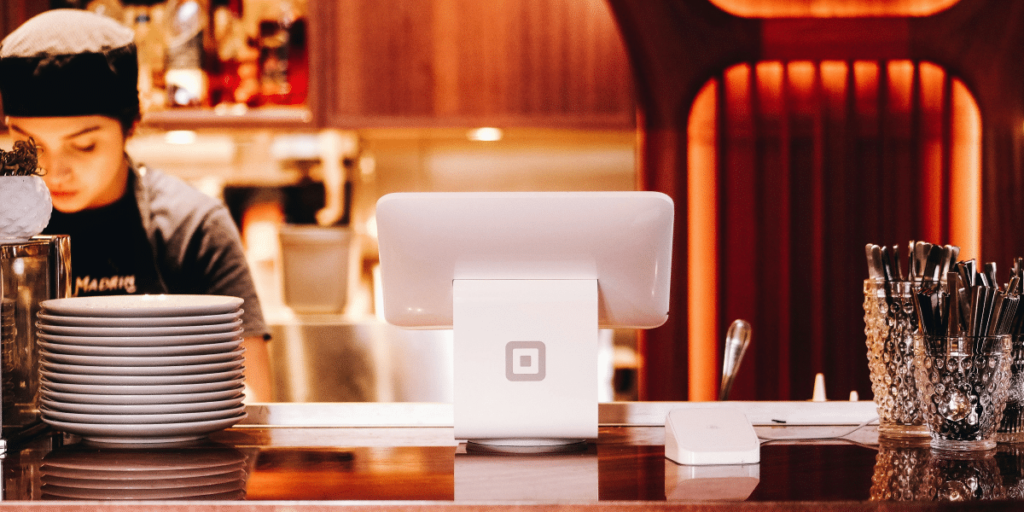Creative advertising techniques are the backbone of successful campaigns in today’s saturated marketplace. With audiences constantly bombarded by content, brands need more than traditional ads to make an impact—they need bold, unique, and engaging strategies that stand out. Whether it’s humor, emotional storytelling, or visual experimentation, creativity in advertising helps brands break through the noise and create memorable impressions. These techniques go beyond selling products; they tell stories, evoke emotions, and spark conversations that build long-term brand recognition and loyalty. The right creative approach can turn even a simple idea into a viral sensation, showing that originality is often more powerful than budget.
Storytelling That Connects Emotionally
Among the most powerful creative advertising techniques is storytelling—where brands focus on narrative instead of direct promotion. A well-told story can resonate with audiences on a personal level, building an emotional bridge between the consumer and the product. Advertisers use characters, conflicts, and resolutions to craft relatable messages that draw viewers in. Rather than pushing a product, storytelling allows the audience to discover its value naturally through context. Campaigns like Nike’s “Just Do It” or Apple’s product launches often revolve around stories of aspiration, perseverance, or creativity, leaving a lasting emotional impact that’s far more persuasive than a list of features.
Humor That Creates Instant Engagement
Humor is one of the most effective ways to grab attention and make advertisements memorable. When executed correctly, funny ads break down skepticism and establish an immediate emotional connection with viewers. Brands like Old Spice, Dollar Shave Club, and Skittles have famously used absurd or witty humor to entertain and surprise their audiences while reinforcing brand identity. The key to using humor creatively is understanding your target audience—what’s funny to one group may fall flat with another. By injecting laughter into marketing, brands humanize their image and make customers feel good, creating positive associations that last well beyond the punchline.
Shock Value and Surprise Elements
Creative ads often rely on shock value or surprising twists to create strong emotional reactions and ensure the ad is remembered. This technique works by challenging the viewer’s expectations—either through visual storytelling, unexpected endings, or bold social commentary. While it can be risky, when done tastefully, shock advertising can spark conversations, raise awareness, and generate viral traction. Campaigns around social issues, like anti-smoking or road safety, often use this approach to confront viewers with hard truths. The surprise element creates an emotional jolt that forces the audience to pay attention, making the message more impactful and harder to ignore.
Visual Metaphors and Symbolism
Using visual metaphors is a subtle yet powerful creative advertising technique that conveys complex messages through imagery. Instead of telling the audience what to think, it shows them through clever visual associations. This approach challenges viewers to engage with the content intellectually, sparking curiosity and deeper thinking. For example, an ad showing a melting ice cream cone in the shape of Earth might represent climate change. Visual metaphors allow for creative freedom and layered meanings, which often make the ad more shareable and thought-provoking. Symbolism in advertising works best when it’s open to interpretation but still clearly aligns with the brand’s message or values.
Interactive and Experiential Campaigns

In an era where consumers crave engagement, interactive advertising campaigns have become increasingly popular. These techniques encourage audience participation, turning viewers into active contributors to the brand story. Whether it’s through augmented reality experiences, gamified content, or real-world stunts, experiential marketing immerses the consumer in a memorable moment. Campaigns like Coca-Cola’s “Share a Coke” or IKEA’s interactive showrooms are excellent examples of how engagement fosters emotional investment. These experiences are not only fun and innovative but also deepen brand loyalty by giving consumers a role in the narrative. Interactivity turns advertising from something people watch into something they feel.
Influencer Collaborations with Creative Freedom
Partnering with influencers is nothing new, but the most effective campaigns allow influencers the creative freedom to tailor the message to their audience. Rather than producing polished, brand-heavy content, these collaborations thrive when they feel authentic, relatable, and spontaneous. Influencers understand their followers’ preferences better than any brand does, and giving them room to interpret the product in their own style often results in more trust and engagement. TikTok and Instagram are filled with creative influencer content—from mini-skits to challenges—that promote products in subtle, innovative ways. Creative partnerships not only extend reach but also tap into unique storytelling formats that resonate more personally with viewers.
User-Generated Content as a Creative Asset
User-generated content (UGC) is a powerful and cost-effective creative advertising technique that leverages the creativity of the community. When customers become the creators, it increases trust, relatability, and authenticity. Campaigns like GoPro’s user-submitted adventure videos or Starbucks’ holiday cup photo contests turn customers into brand advocates. This technique fosters a sense of inclusion and loyalty, as people are more likely to support a brand they feel involved with. UGC also provides fresh and diverse content ideas that may not emerge from traditional marketing teams. Encouraging fans to share their experiences invites more creativity into your brand while also building organic reach and engagement.
Cultural Relevance and Timely Campaigns
Tapping into current events, trending topics, or cultural moments is a smart way to make ads feel relevant and resonate on a deeper level. Brands that align with what’s happening in the world—be it sports events, social movements, or viral internet trends—tend to feel more in tune with their audiences. For example, Oreo’s “You Can Still Dunk in the Dark” tweet during a Super Bowl blackout was an instant hit because of its timeliness and wit. However, cultural relevance requires sensitivity and awareness—missteps can backfire. Done right, it shows that a brand is present, aware, and connected to the conversation.
Minimalism and Subtle Messaging
While some creative ads go big and bold, others succeed by stripping everything down. Minimalist advertising relies on simplicity, clean design, and subtle cues to deliver powerful messages. Brands like Apple, Google, and Audi have mastered this technique, using whitespace, simple typography, and understated visuals to let the product speak for itself. This approach demands more from the audience—inviting them to interpret and engage with the ad. The power of minimalism lies in its elegance and confidence; it trusts that less can say more. In a world of cluttered feeds and constant noise, minimalism stands out by offering clarity and calm.
Final Thoughts
Creative advertising techniques are no longer optional—they’re essential for any brand that wants to stand out, connect deeply with audiences, and stay relevant in a rapidly evolving digital world. The best campaigns are not just seen; they are felt, shared, and remembered. Whether through humor, storytelling, visual artistry, or cultural relevance, creativity remains the most effective tool for turning heads and winning hearts. The right idea, executed with originality and insight, can elevate a brand from being just another name to becoming a part of people’s lives and conversations. In the crowded world of advertising, creativity isn’t just the cherry on top—it’s the foundation of success.
















